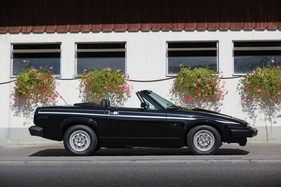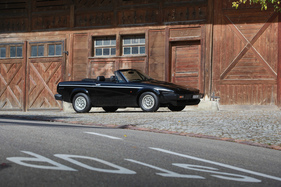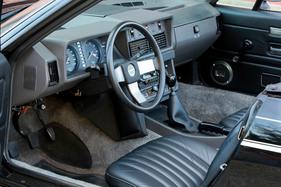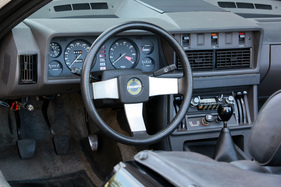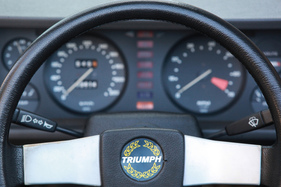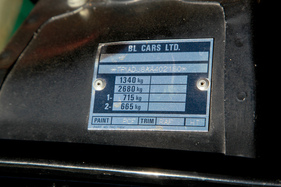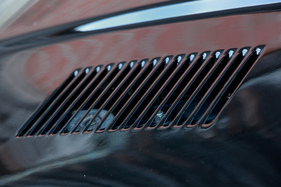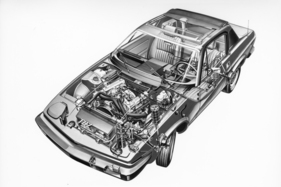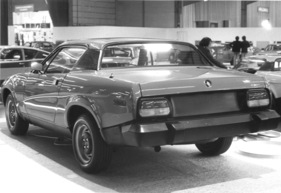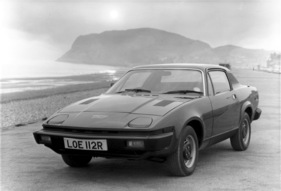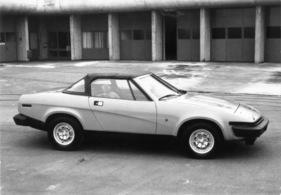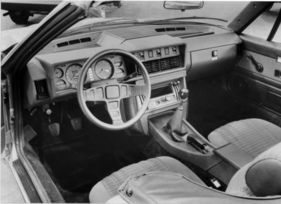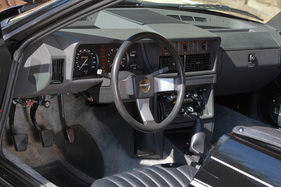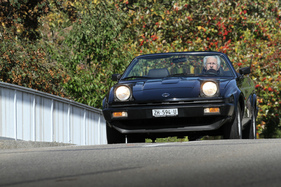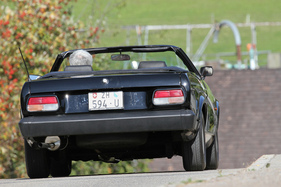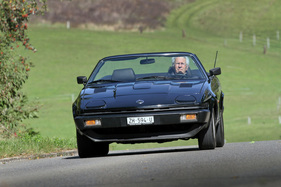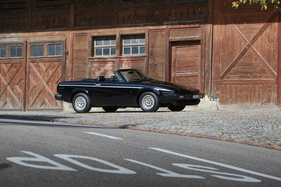Triumph TR7 Cabriolet - towards the sun with Italian help
Summary
At the end of the 1970s, British Leyland announced a fully convertible based on the Triumph TR7 in difficult times. The joy was dampened by the simultaneous demise of the MGB and Triumph Spitfire, but the open TR7 did its job better than expected, even if not all wishes were fulfilled. This driving report is dedicated to the Triumph TR7 Convertible and its history. It is comprehensively illustrated and also includes sales documentation and a sound sample.
This article contains the following chapters
- Thinning out the convertible landscape
- The TR7 as the successor to the TR6
- Four cylinders for the Europeans
- Modern and suitable for everyday use
- Failed due to the exchange rate
- A handful of sports cars
Estimated reading time: 6min
Preview (beginning of the article)
British Leyland was not doing well at all at the end of the 1970s. The disjointed group suffered from strikes and mismanagement, but also from unpopular models. Once proud brands such as MG and Triumph struggled to survive. The fact that an open-top Triumph TR7 could be presented in this environment was almost a miracle; after all, the main foreign customer for British sports cars had been declaring war on the convertible for quite some time. In the fall of 1979, British Leyland announced that production of the still-popular MGB and Triumph Spitfire would be phased out in favor of other models. The MG Midget had already been discontinued earlier. The competition also looked poor when it came to completely open and yet affordable convertibles, with the exception of Alfa Romeo with the Spider and Peugeot with the open 504. Otherwise, the larger manufacturers only offered convertibles in the style of the Lancia Beta Spider and VW Golf or Targas such as the Fiat X 1/9.
Continue reading this article for free?
Photos of this article












